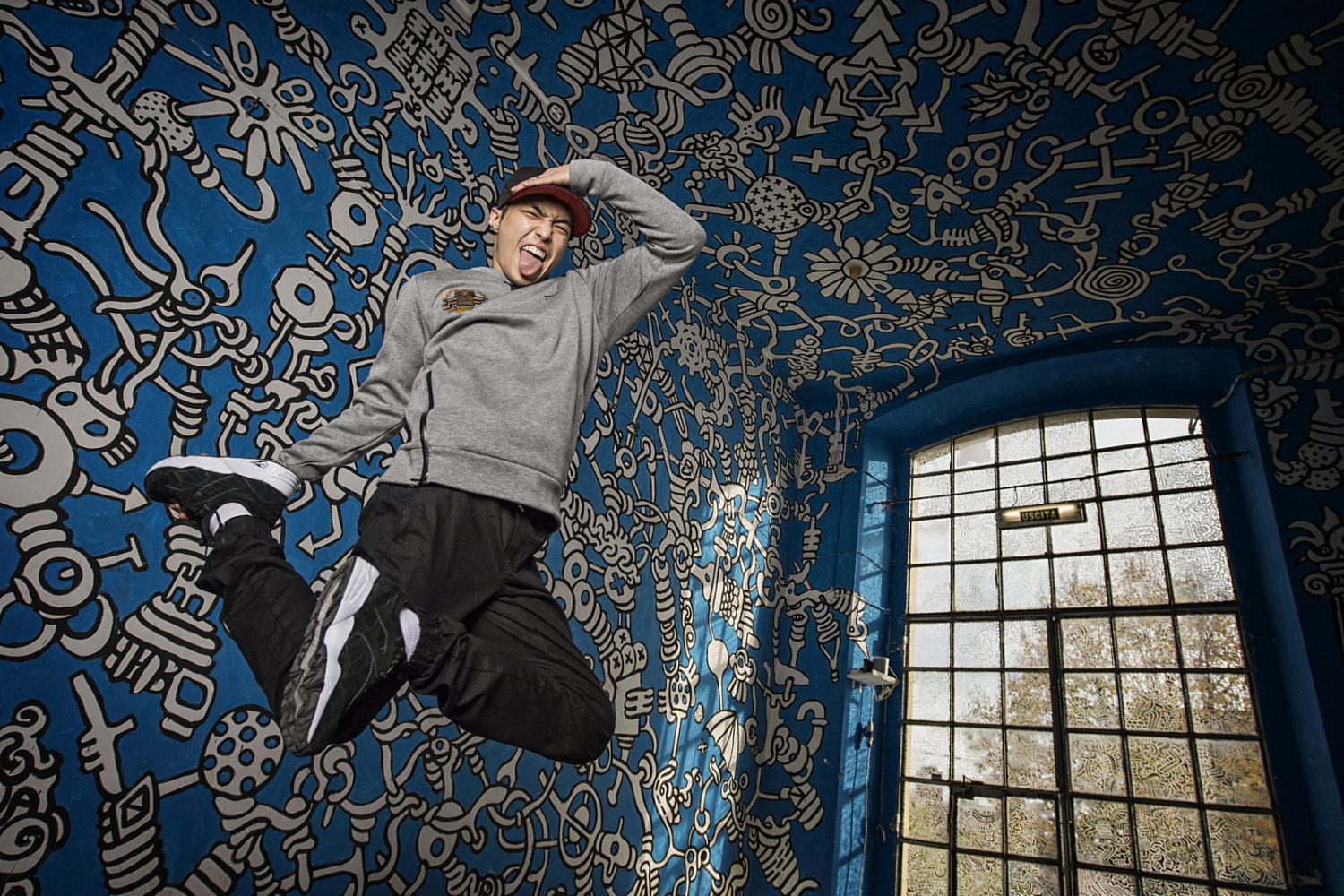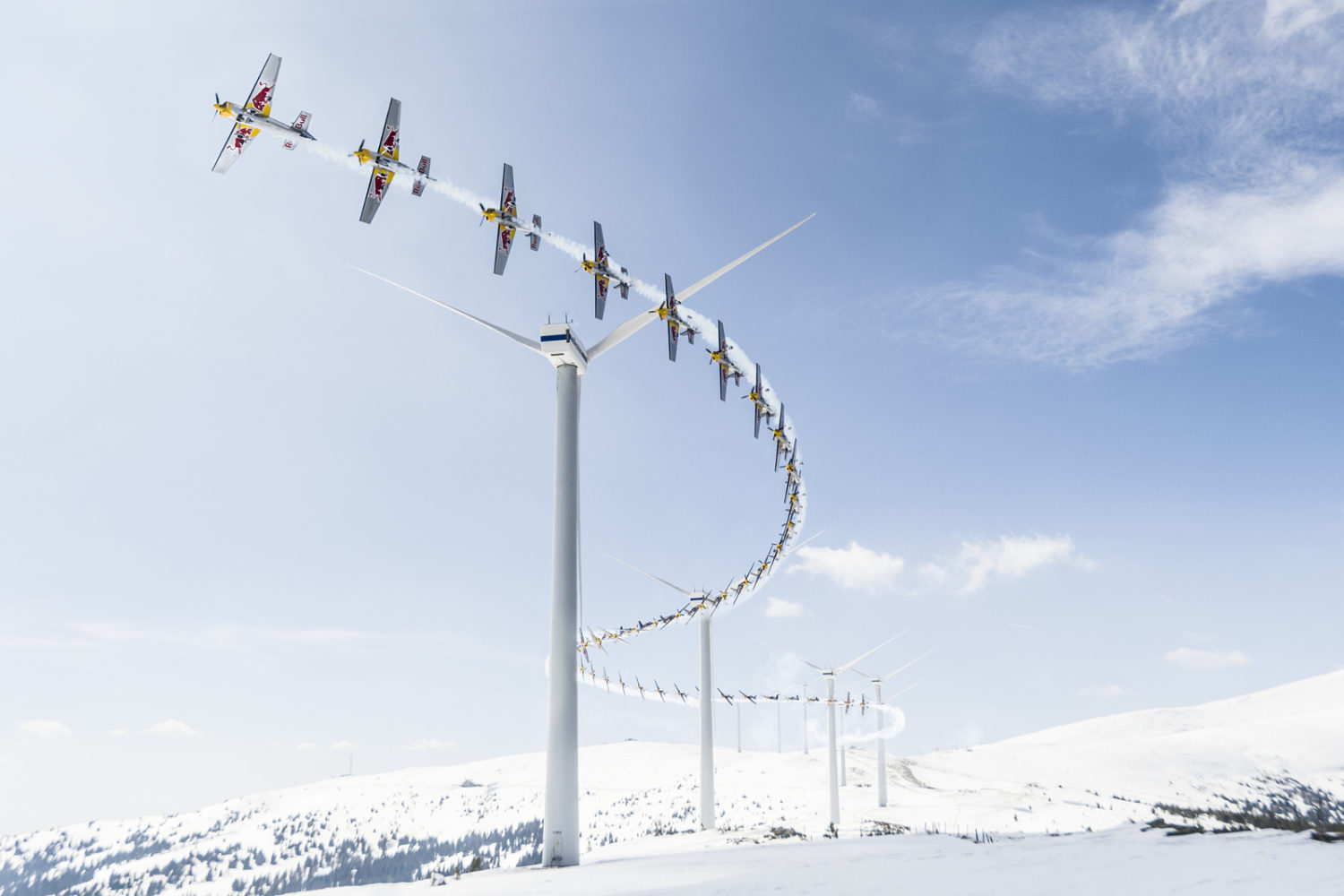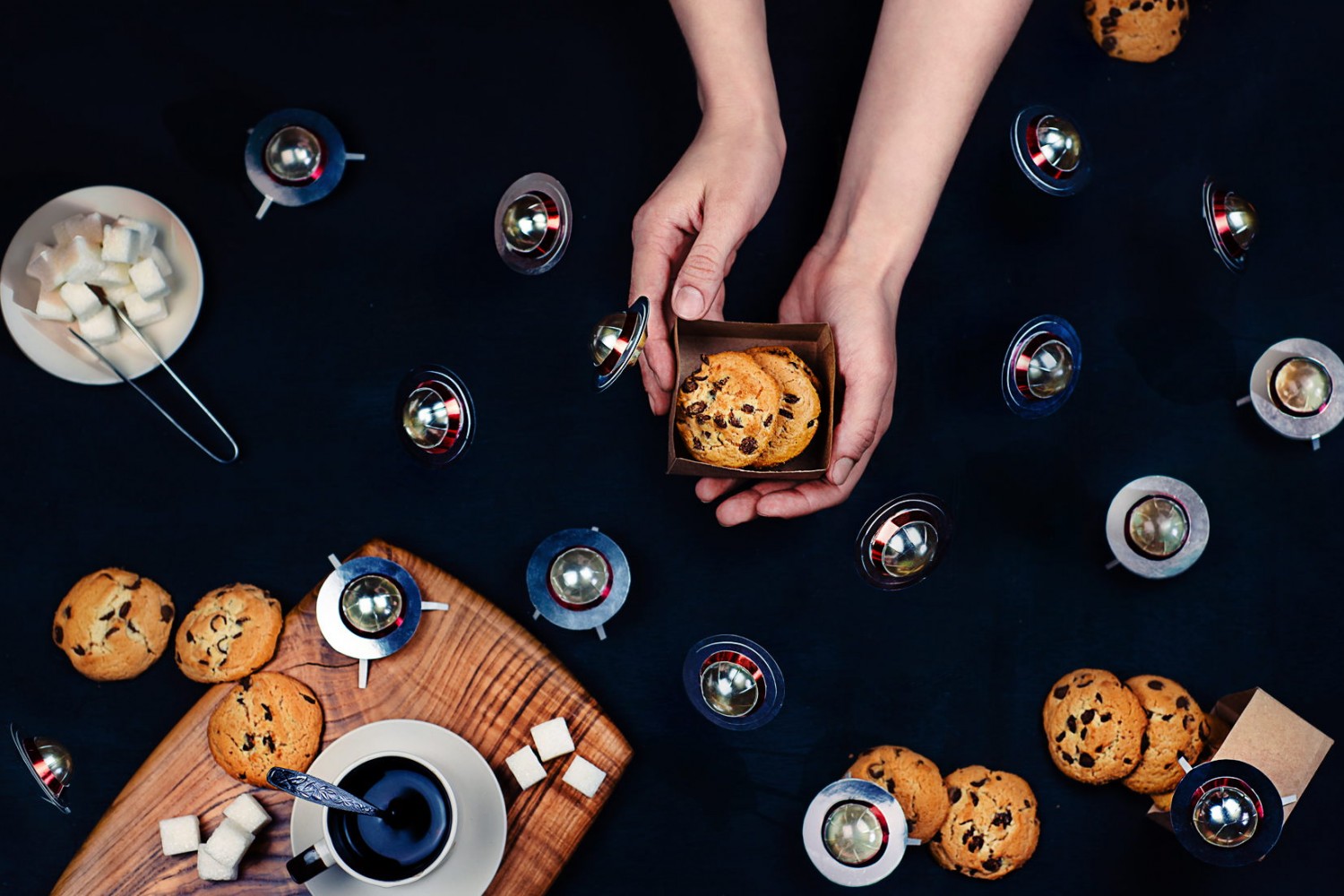One of the questions we always appreciate answering for our community is what type of photos interest buyers most for licensing purposes. Simply Sellable is our effort to answer questions each week around what type of photos buyers want to license, what trends we see happening across the licensing industry, and what visual thought leaders anticipate being successful in the licensing space. Each week, one member of our Content Team will provide advice, tips, tricks or even example photos in an effort to help and guide you, our community of amazing photographers, in your effort to capture that perfectly licensable image.
Food photography has changed considerably in the last few years. Remember those shocking insider stories where all the delicious food items you would see in a photo were usually fake as the real goodies don’t look appetizing under hot studio lights? Luckily, the polished studio look is swiftly disappearing from food editorials and advertising, making room for passionate chefs and photographers to exhibit their talent. If you want to bring your food photography to the table, check out some of the following tricks for a better food photo.
Avoid artificial lights
Staying clear of artificial lights includes avoiding speedlights, studio lights, or any interior lights that will disturb the color temperature of your setup and cast unpleasant shadows. However, don’t shoot in direct sunlight either unless going for a very specific look. Shoot on a surface next to a window with some diffused light (facing north or west) or use a semi-transparent curtain to soften any harsh lighting.
Don’t keep it perfect
So you’ve been styling your pixel-perfect food setup for two hours and are finally ready to shoot? Mess the scene up a bit. Bite into that croissant, toss some bread crumbs across the counter, sip from the coffee mug, or simply don’t clean up all the mess that you left styling your scene. Nothing is more compelling to the audience than the lifestyle element of a contemporary photo; it will feel real and reliable because it is.
Look for patterns
Setting up a great still life takes a lot of time and effort when ensuring that the objects in a photo complement each other. But one of the recent and successful trends we’re seeing is actually about turning a traditional food scene into a pattern where all elements are of roughly equal importance and size. Deconstructed salad? Yes, please!
Tell a story
Yes, there are still plenty of photos of tomatoes isolated on white background on various microstock websites, but if you want to get your work noticed, respected, and licensed, tell a story with your image. Below, the photographer is showing not only a charming food setup but is also suggesting that there’s something lively and interesting going on outside of the frame. After all, who could refuse such a delightful breakfast in bed?
Use interesting angles
The four main angles that pro food photographers use are horizontal to the table, at about 15 degrees to the table, at 45 degrees to the table and the overhead view, but really the latter is definitely dominating in food photography right now. By combining the above tips and tricks in this photo the photographer is destined to make some sales!
Headline photo: Healthy Breakfast / Alexey Beltsov












Leave a reply